Archaeology sheds new light on Isaiah 21
Dan Gibson, 2024
The prophet Isaiah foretold the rise and fall of many nations and empires. Have you ever wondered where in the Bible, the prophets foretold the coming of Islam? Did he fortell the fall of Islam as well?
Chapter 21 of Isaiah is filled with geographical references. Bible translators have long struggled with putting these references together in a way that makes sense. As a Middle Eastern historian and specialist in Islamic history, I believe that Isaiah was given a series of visions that predicted the rise and fall of Islam.
Overview
Chapter 21 deals with four separate visions. First, Isaiah saw a vision of an army marching up from the Negev, through Jerusalem and over to Elam (Persia) and Media (Iraq). This army destroys Babylon and smashes all their idols. The second vision is about Dumah and Seir. Dumah was one of the son of Ishmael, and also the name of a town in northern Saudi Arabia (Dawmat al-Jandal, or Dumah of the Stone GPS: 29.811933° 39.867393°). Mount Seir was named after Seir the Horrite, and was home to the Edomite people and specifically the later city of Petra. The third vision was about the swamps and thickets of Arabia, specifically Dedan (known today as Al Ula 26.607990° 37.921222°) and Tema (Tayma Oasis and Fort 27.634747° 38.553355°), and foretells the bringing of water to a thirsty army in the desert. The fourth vision is a vision of the glory of Kedar quickly fading and disappearing over the period of one year.
Terminology
In the last 10 years, I have been involved with archeological discoveries in the Middle East that are revealing hitherto misunderstood assumptions about the history of early Islam. I believe these verses in Isaiah can be now be seen in new light as references to Islam. So let’s look at the geographical names and other clues in this chapter before looking into the four visions.
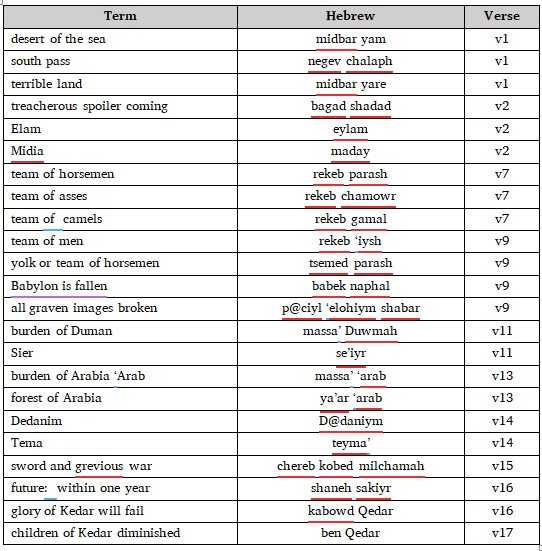
Word Study of Isaiah 21
Vision One
Isaiah 21:1 An vision concerning the Desert by the Sea: Like whirlwinds sweeping through the Negev, an invader comes from the desert, from a land of terror. 2 A dire vision has been shown to me: The traitor betrays, the looter takes loot. Elam, attack! Media, lay siege! I will bring to an end all the groaning she caused. 3 At this my body is racked with pain, pangs seize me, like those of a woman in labor; I am staggered by what I hear, I am bewildered by what I see. 4 My heart falters, fear makes me tremble; the twilight I longed for has become a horror to me. 5 They set the tables, they spread the rugs, they eat, they drink! Get up, you officers, oil the shields! 6 This is what the Lord says to me: “Go, post a lookout and have him report what he sees. 7 When he sees chariots with two on horses, two riders on donkeys or two riders on camels, let him be alert, fully alert.” 8 And the lookout shouted, “Day after day, my lord, I stand on the watchtower; every night I stay at my post. 9 Look, here comes a chariot with men, two on horses. And he gives back the answer: ‘Babylon has fallen, has fallen! All the images of its gods lie shattered on the ground!’” 10 O my people, crushed on the threshing floor, I tell you what I have heard from the LORD Almighty, from the God of Israel.
The Desert of the Sea
Regarding the *desert of the se*a. This is a reference to a Middle Eastern desert that runs right into the sea. The deserts of Saudi Arabia run into the sea on three sides of the Arabian peninsula, and so Arabia seems to be the focus of these visions, and is mentioned specifically in verse 13.
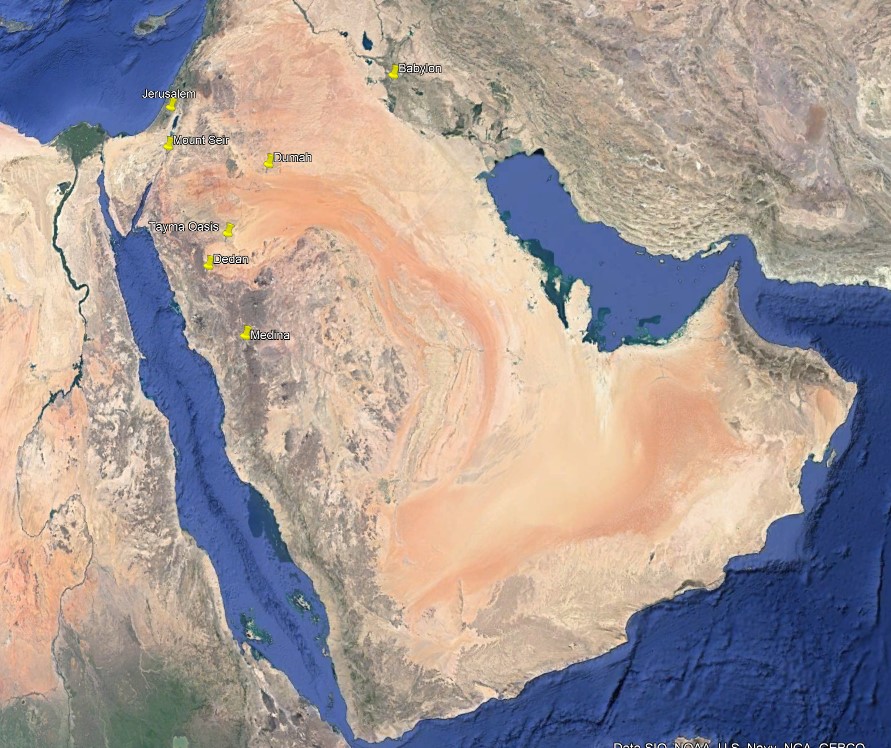
Above: The Arabian desert suns into the sea on three sides.
Invading Army
Note that a whirlwind or invading army is coming into Israel from the south, passing up through the Negev. From the rest of the chapter, we can deduce that this is an armed invasion into the land of Israel and then on to the east. This invading force is described as a treacherous spoiler which will sweep through Israel and go as far as Elam and Maday (ancient names of Persia). The army is described in verses 7-9 as having large groups of horsemen, asses, camels, and men. Verse 9 tells us that the army will sweep through Babylon, and will break all of their graven images.
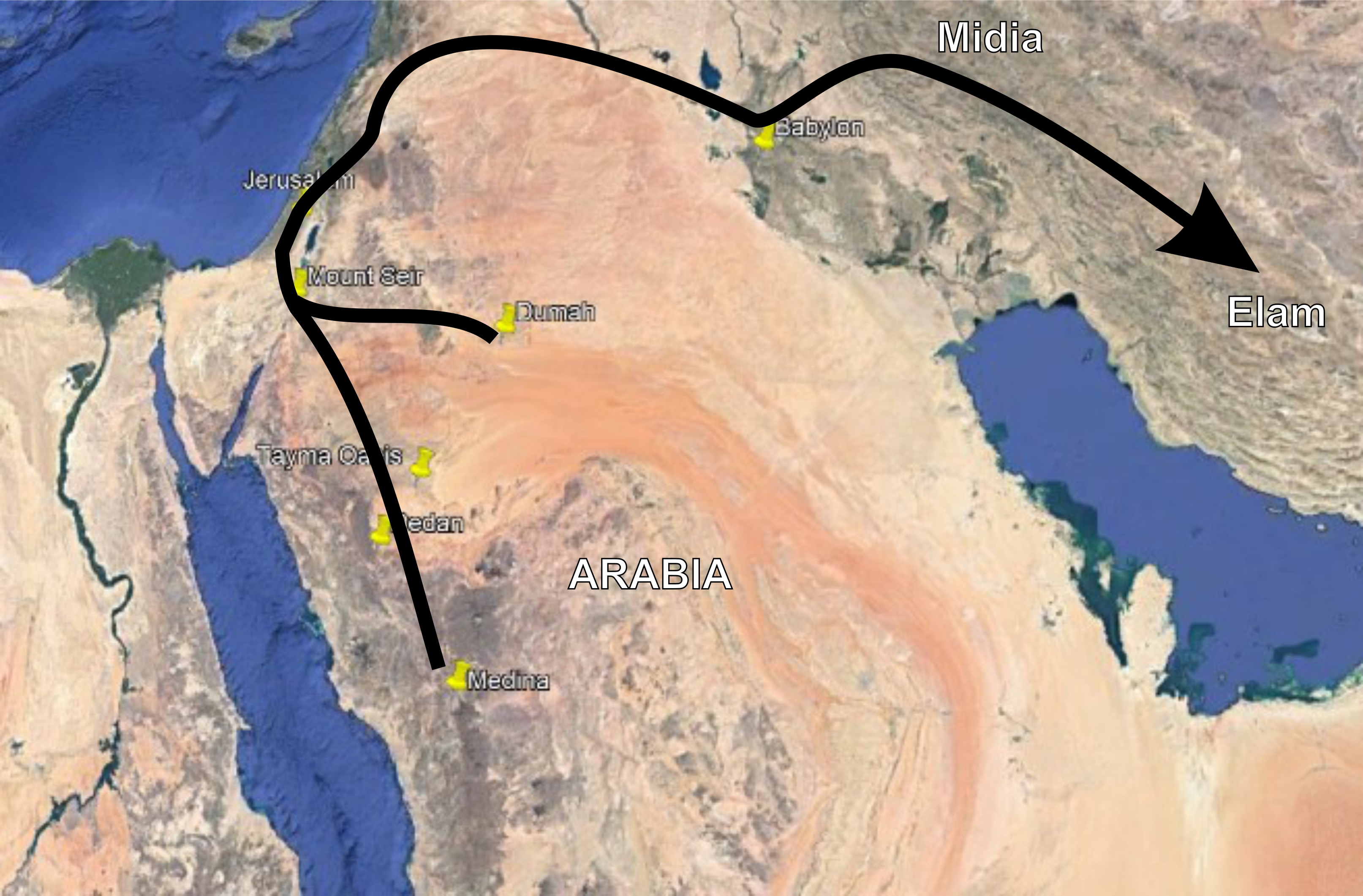
Above:I believe this was fulfilled when the first Muslim armies marched north out of Arabia, through Mount Seir, and into the Negev and north to Jerusalem. After destroying Jerusalem, they marched east and conquered the lands of iraq and Peria.

Nabataeans archers riding double
Is This the Muslim Army?
This invading army had several distinctive’s. First, the Arabs became famous for having two archers on each horse or camel. This was unique to the Muslim armies, and the earlier Nabataean Arab camel and horse archers. The reference In Isaiah the references are to duel horsemen, donkey riders, or camel riders in seems to be a reference to archers fighting in this way, unique among the armies of the Middle East.
Second, this army came smashing idols. Up until this time, most armies captured idols and placed them in their own temple. However, this army is unique, in that it smashes idols. This is a good description of the Muslim armies, who were monotheists, and very much against paganism. There are many records of them smashing idols and destroying pagan temples as they marched.
So Isaiah 21:1-9 seems to tell us of this army, coming up from the deserts of Arabia, through the Negev, attacking unsuspecting Jerusalem, then turning east and conquering Persian, forcing people to turn from paganism to Islamic monotheism. The vision is so shocking and distressing it seems to overwhelm the prophet.
“3 At this my body is racked with pain, pangs seize me like those of a woman in labor; I am staggered by what I hear, I am bewildered by what I see. 4 My heart falters, fear makes me tremble; the twilight I longed for has become a horror to me.”
This is more than a simple army marching through. Muslim armies marched through Jerusalem in 674 and held it for some 1200 years (except a brief time it was held by the Crusaders) until 1917 when it was taken by the British. Since then it has been the focus of continued struggle.
Vision Two
Isaiah 21:11 The vision of Dumah. He calleth to me out of Mount Seir, Watchman, what of the night? Watchman, what of the night? 12 The watchman said, The morning cometh, and also the night: if you will enquire, enquire; return, come.
Verse 11 moves on to tell us about the burden of Dumah and Seir. This gives us a clue to the army’s origin. Dumah is in northern Arabia, and Seir is the set of mountains in southern Jordan. It later became the home for the city of Petra. To clarify this, verse 13 speaks twice of the Arabs. Verse 14 adds to this the origins of Dedanim and Tayma. From these places will come the sword and grievous war to Israel.
The prophet Muhammad of Islam would rise more than a thousand years after Isaiah wrote. He would be a descendent of Kedar, Ishmael’s second son, and would gather the sons of Ishmael from northern Arabia and unit them. In 636 AD, the Muslim armies poured out of Arabia and conquered the Holy Land, and then moved east all the way to the land of the Persians. Isaiah foresaw all of this more than a thousand years earlier.

Timeline showing the missing 200 years of Islamic history. All Islamic records date back to 200 After the Hijra in Islamic dating. There are no manuscripts from the first 200 years of Islam.
This interpretation of Isaiah 21 could not be understood until quite recently. Muslim history has always been shrouded in some mystery, as Islamic records do not start until some 200 years after Islam began. By that time, the religion of Islam was already well established in Iraq and Iran.
In the last ten years, new archeological research has slowly uncovered the history of the first 200 years of Islam. Using the ruins of ancient mosques from the first 300 years of Islamic history, I have assembled a database of the construction of over 200 of the earliest mosques ever built. Each of these mosques were constructed so that the faithful faced a holy direction, known in Islam as the qibla. This is fundamental to Islam. Muhammad preached that every Muslim must pray towards, and sacrifice towards, and pilgrimage towards, the qibla.
br/>

Above: Petra facing mosques from the first 2 centuries of Islam
For the last thousand years, Muslims have always understood that this holy direction was towards Mecca in Saudi Arabia. I my studies, however, I have demonstrated that the first mosques faced towards biblical Seir in southern Jordan. Mecca did not become a focal point of Islam until after the second Islamic civil war. At that time several new qibla directions emerged until Mecca was eventually accepted as the universal qibla.
Vision Three
Isaiah 21: 13 The burden upon Arabia. In the forest in Arabia shall you lodge, O you travelling companies of Dedan.14 The inhabitants of the land of Teyma brought water to him that was thirsty, they prevented with their bread him that fled. 15 For they fled from the swords, from the drawn sword, and from the bent bow, and from the grievousness of war.
Now, what is this all about? This is a story, set in Northern Arabia, and is about carrying water to the thirsty. I believe this is a reference to the Arabs bringing water to the invading Babylonian army under Cambyses II, (6th century BCE). Cambyses was an Achemenid king of Persia (reigned 529–522 BCE), who conquered Egypt in 525 BC. He was the eldest son of King Cyrus II the Great, by Cassandane, daughter of a fellow Achemenid. This event seems to fulfill the prophecy of Isaiah 21:13,14,15, written between 742 BCE and 687 BCE or some 200 years earlier.
In this account, an Arabian leader helps Cambyses when he is trying to cross the Arabian desert. The Arabs of central Arabia (Teyma was a leading city) assisted Cambyses on his invasion of Egypt by bringing him water using caravans of camels with water skins. This is the one time that caravans are mentioned brining just water. Caravans usually carried trade items of great value. Loading hundreds or thousands of camels with water is unknown in Arabian history, except for this one time. Isaiah 21:14 mentions Teyma bringing water to him that was thirsty. Below is an accounting of this by the historian Herodotus.
Having then pledged himself to the messengers who had come from Cambyses, the Arabian planned and did as I shall show: he filled camel-skins with water and loaded live camels with these; which done, he drove them into the waterless land and there awaited Cambyses’ army.
*This is the most credible of the stories told; but I must relate the less credible tale also, since they tell it. There is a great river in Arabia called Corys, issuing into the sea called Red. From this river (it is said) the king of the Arabians carried water by a duct of sewn ox‑hides and other hides of a length sufficient to reach to the dry country; and he had great tanks dug in that country to receive and keep the water. It is a twelve days’ journey from the river to that desert. By three ducts (they say) he led the water to three several places.*Herodotus Book III:9
Note: The first tale is credible and is most likely what happened. The second tale involves a non-existent river in Arabia flowing into the Red Sea, and a very long aqueduct. It is true that the Nabataean Arabs had aqueducts that collected rain-water, and they stored water in cisterns in the desert. This is probably what is meant by the second story… and the camel caravans with water skins loaded up water and brought it to Cambyses, therefore helping the Arabs to avoid being attacked and conquered by the Babylonians. At the same time, the Arabs kept the location of their hidden water cisterns a secret, and so must have creating the story of the river to disguise where the water originated from.
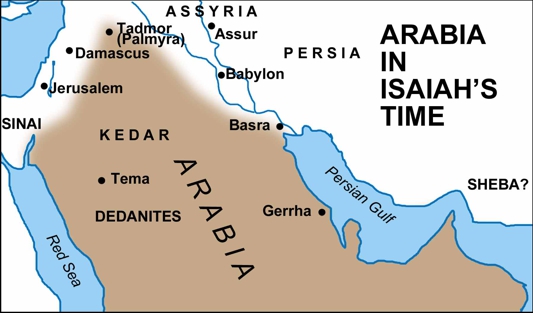
Arabia in Isaiah's Time
Finally, the chapter ends with the glory of Kedar fading. This happens very quickly, within the time frame of one year. While we don’t know a great deal of the prophet Muhammad’s early life, many Muslim homes have a wall chart of his family tree, starting with Abraham, then Abraham’s son Ishmael, and then Ishmael’s second son Kedar, and then the family tree on down to Muhammad. Today Muhammad *is the ‘glory of Kedar*’ as Muslims learn that he is a descendant from the line of Kedar. However, I believe that this prophecy is yet to be fulfilled. From these verses, I deduce that Kedar and the Muslim religion will fail sometime in the near future. The collapse of Islam will happen quickly and dramatically. I believe the scene is now set. Everything is falling into place for this event. Today, Christian missionaries and nationals face great challenges in reaching this part of the world, but they are encouraged by Isaiah’s prediction that someday, perhaps in the near future, Islam will crumble and disintegrate.
There are other prophcies that include reference to the Kedarites and the Nabataeans. (Nabioth was the eldest son of Ishmael). Isaiah 60 also foreshadows this event. Verse 6 tells us that the camels of Midian, Ephah, Sheba, the flocks of Kedar, and the rams of Nabajoth will come and glorify the house of God. Verse six specifically tells us that these north Arabia tribes will come and worship the Lord Jehovah. The Bible is very specific with the name of God here. So there is no mistaking the fact that in the last days, the Arabs of northern Arabia will be followers of Jehovah. That day has not yet come, but I believe it will happen in the near future. And Isaiah saw it all, two thousand seven hundred years ago.

The larger settling of Arabian tribes. Note Nabaioth eventually moved from Arabia into Mount Seir.
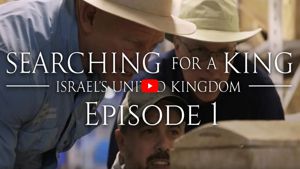
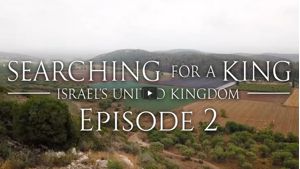
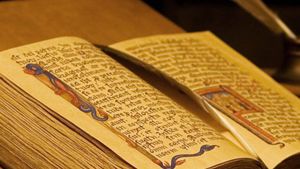

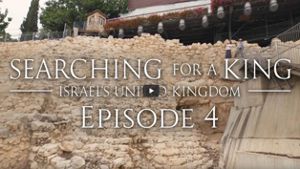
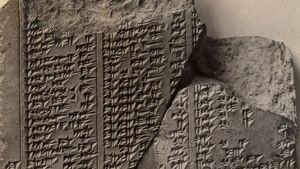
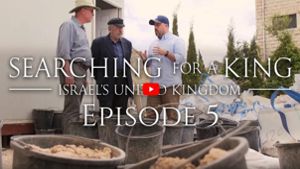


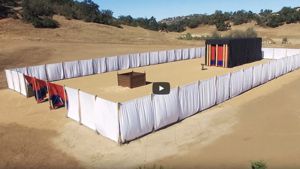
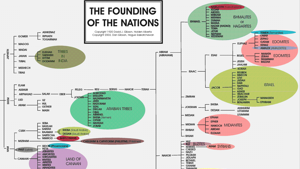
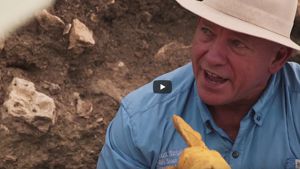
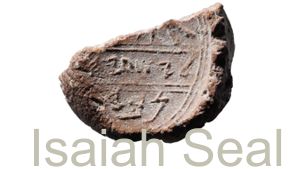
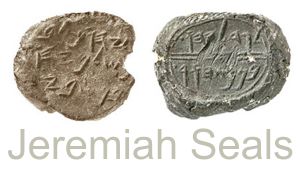
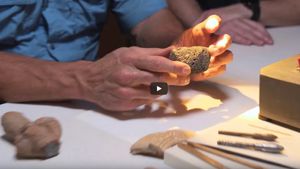
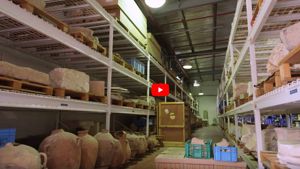
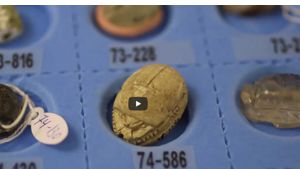

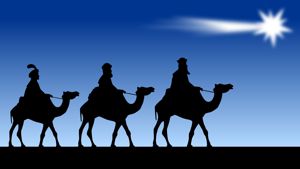


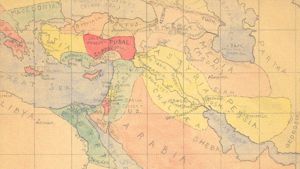


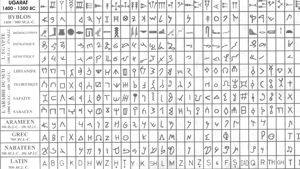
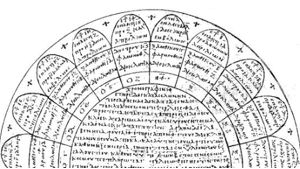
Page Discussion
Membership is required to comment. Membership is free of charge and available to everyone over the age of 16. Just click SignUp, or make a comment below. You will need a user name and a password. The system will automatically send a code to your email address. It should arrive in a few minutes. Enter the code, and you are finished.
Members who post adverts or use inappropriate language or make disrespectful comments will have their membership removed and be barred from the site. By becoming a member you agree to our Terms of Use and our Privacy, Cookies & Ad Policies. Remember that we will never, under any circumstances, sell or give your email address or private information to anyone unless required by law. Please keep your comments on topic. Thanks!